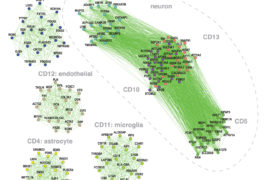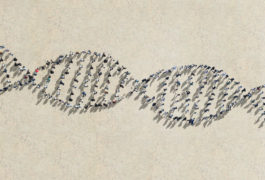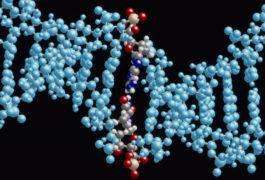Study links subset of genetic variants to autism, intellectual disability
Genetic variants across the genome contribute to about 8 percent of the risk for certain developmental conditions — much more than previously thought.

Genetic variants across the genome contribute to about 8 percent of the risk for certain developmental conditions — much more than previously thought.

Variants that control gene expression are often involved in whether a mutation ends up being harmful, and how harmful it is.

Software to identify genetic variants, along with a new synthetic human genome, could help scientists discover mutations associated with conditions such as autism.

A new method enables researchers to assess the biological impact of thousands of subtle mutations.

To find variants between genes that contribute to autism, researchers may need thousands more whole genomes than they have now.

Some individuals who have autism mutations show no signs of the condition; understanding why may lead to treatments.

Gene expression patterns in the brains of people with autism are similar to those of people who have schizophrenia or bipolar disorder.

Existing genome scans do not detect many of the DNA variants that underlie behavioral problems.

Two new methods allow scientists to swap single bases in DNA or RNA sequences.
Two new gadgets join the gene-editing toolbox, many children with autism get smarter with age, and a survey points to a research reset for Autism Speaks.